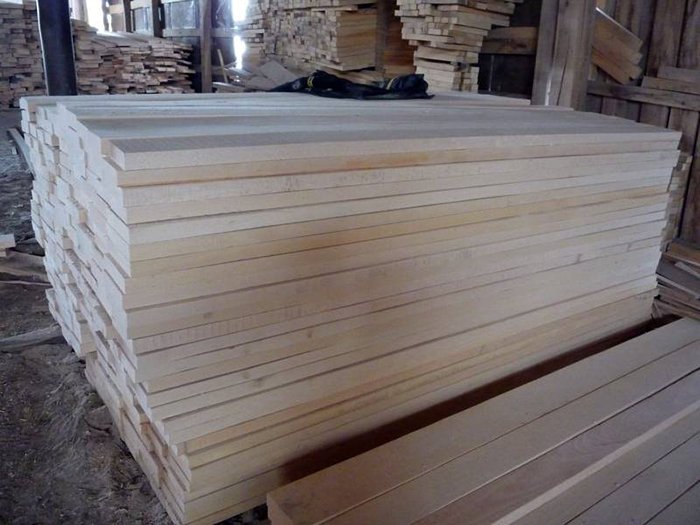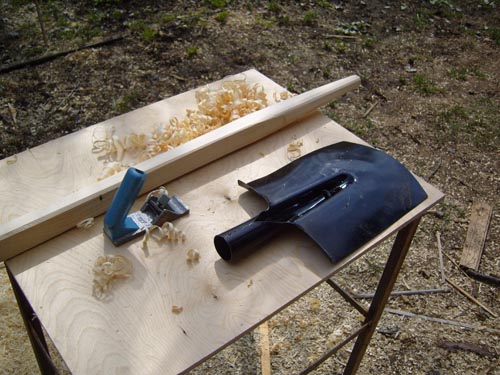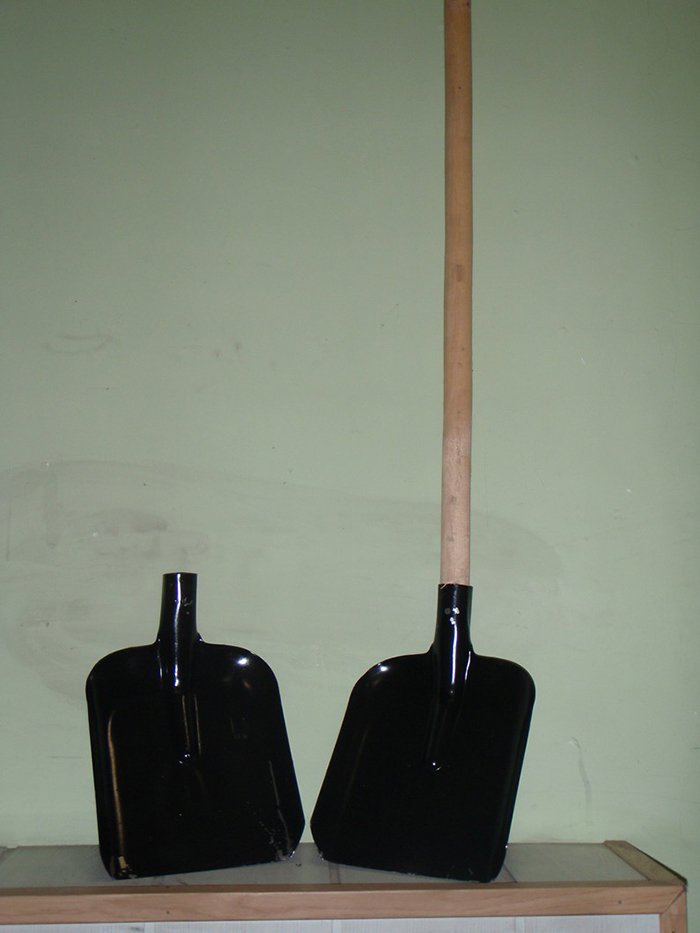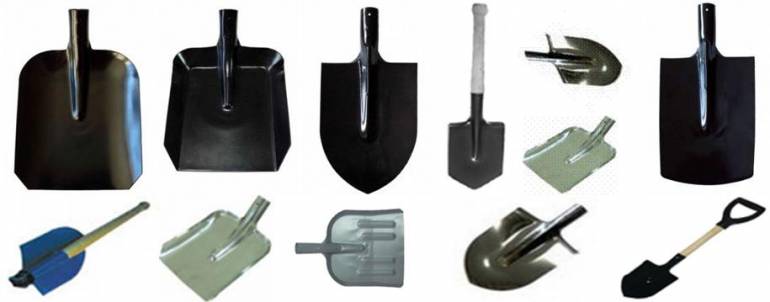How to make a shovel handle with your own hands
A shovel handle you make yourself will last much longer than a store-bought one if you choose the right material and make it correctly. Let's understand the features of the process and the stages of homemade production.
The content of the article
Materials and sizes of cuttings
The ideal material is one that combines good performance characteristics and is relatively affordable. For store-bought products, as a rule, birch or pine is used. Pros and cons of rocks traditionally used for manufacturing:
- Pine. It is soft and easy to process. Cons - it is resinous and short-lived. In addition, the surface of this material does not absorb moisture well, so the handle can slip in your hands. To enhance strength during manufacturing, it is better to glue three planks together. Otherwise, the product will quickly crack or break under increased load.
- Birch. Lightweight material, malleable for processing. More durable than the previous one.
- Beech. Pros: lightness and strength. It is not inferior to birch in these parameters. The peculiarity is that the material contains almost no resin, so it needs additional processing at the end of the manufacturing process. Otherwise, the product will swell due to excess moisture.
- Poplar. Easy to process. The downside is the lack of resistance to rotting and dents upon impact. Not the best option for cuttings.
- Oak.Can be called a leader in strength and durability. Disadvantage: difficult to process.

Now about other important parameters. The diameter of the cutting may vary. It depends on the type and purpose of the tool. The range of this parameter for devices sold in stores is from 34 to 40 mm.
The length of the product should be selected individually - you should focus on ease of use. Standard length varies from 90 to 140 cm.
What you need for a cutting, how to make it yourself
From the tools and means for work you need to prepare:
- hammer;
- knife;
- saw;
- plane;
- sandpaper.
You will also need glue, impregnation and varnish.
As already mentioned, In addition to choosing the material, you need to decide on the diameter and length. You should take a branch (for a solid, not a glued cutting) so that its diameter is approximately twice as large as required.
You need to pay attention that the raw materials are free of knots, bends, forks, etc. The preparatory stage is drying the wood in the sun. It takes about two weeks. After this, the diameter will decrease. After drying is complete, it is necessary to remove the excess with a plane so that the diameter of the handle acquires the desired size.

The following are the steps:
- sanding;
- impregnation;
- drying for the time indicated on the label;
- varnish coating;
- drying.
It is better to use varnish twice - this will increase the tensile strength of the product.
Now it’s time to sharpen it to the desired size, treat the cut area with impregnation, and let it dry. Then the product is coated around the circumference with epoxy and placed in the working part. Next, you should fill it with resin and hit the handle a couple of times on a hard surface - it will “sit” to the desired depth.After the resin has dried - in about a day - the shovel will be ready for use.

If boards are used for manufacturing, you should pay attention to some nuances. The material is taken dry. Then the board is cut with a circular saw into bars, which are placed to dry.
When using a damp board, the bars must be tied together along the entire length - this way the drying workpieces will be less deformed.
Then the sawn parts are glued together and dried well. Next you need to follow the same steps described above.
Is it worth varnishing the cuttings?
This stage ensures anti-corrosion resistance. However, such surface treatment may cause the product to slip and twist in your hands.
Professionals recommend replacing varnish or paint with impregnation and using sandpaper. First coarse-grained, then finer. This way the polishing of the cutting will be natural. The sweat from the palms will gradually be absorbed into the material, and the correctly selected raw material (wood) will become more and more durable over time.





